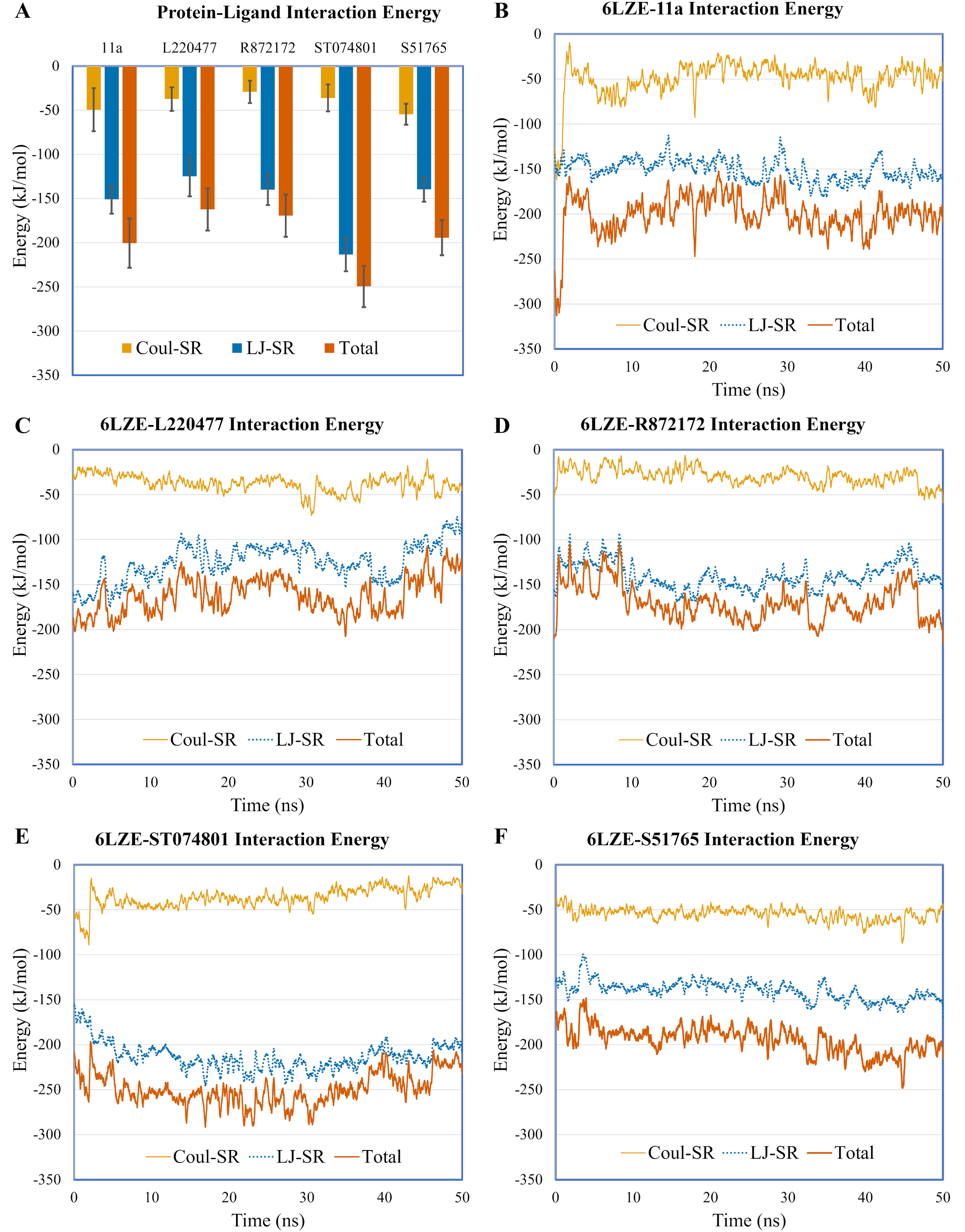Final (Cheng Gu) Mac OS
Deciding between an Apple Mac computer or a Windows PC computer can be difficult. Try not to be driven by advertising hype. Make sure you choose the operating system that best suits your computing needs. Very often your decision maybe driven by software that can. The history of macOS, Apple's current Mac operating system originally named Mac OS X until 2012 and then OS X until 2016, began with the company's project to replace its 'classic' Mac OS. That system, up to and including its final release Mac OS 9, was a direct descendant of the operating system Apple had used in its Macintosh computers since. Get more done with the new Google Chrome. A more simple, secure, and faster web browser than ever, with Google’s smarts built-in.
Software Description: VSPlayer is a free media player designed for Mac OS. It provides an intuitive, easy to use interface to play digital media file, and supports a myriad of audio and video formats. In addition, it offers many advanced features, is extremely customizable, and is available in both Chinese and English.
 exam (open book and open notes), although you are only permitted to work on the exam during 10:00:00am-10:40:00am on Tue, 8/4/2020 (you can work up to the time instance right before 10:40:00am). You will be required to sign and submit an Final Exam Academic Integrity Honor Code Pledge where you will promise that you will work on the exam alone and you will only work on the exam during the assigned exam time. The final exam will be conducted in the same manner as the midterm exam (please see the 6/30/2020 news item for the logistics).
exam (open book and open notes), although you are only permitted to work on the exam during 10:00:00am-10:40:00am on Tue, 8/4/2020 (you can work up to the time instance right before 10:40:00am). You will be required to sign and submit an Final Exam Academic Integrity Honor Code Pledge where you will promise that you will work on the exam alone and you will only work on the exam during the assigned exam time. The final exam will be conducted in the same manner as the midterm exam (please see the 6/30/2020 news item for the logistics). Final (cheng Gu) Mac Os Download
Starting at 10:40:00am, you have 3 minutes to submit your answers text file (submission procedure will be very similar to the submission procedure for the midterm exam). It should be clear from above that during these 3 minutes, you must not be working on your exam. If your submission timestamp is later or equal to 10:43:00am, your submission is considered late and you will lose 5% for each late minute, starting at 10:43:00am.
The final exam will cover everything from slide 3 of Lecture 10 to slide 46 of Lecture 11PLUS from slide 42 of Lecture 12 to the last slide of Lecture 21. Also included are discussion section materials from Week 7 through Week 10.
Since the 2nd part of the course depends on stuff covered by the midterm, I cannot say that I will not ask anything covered by the midterm and you do need to know the material covered by the midterm. Therefore, it would be more appropriate to say that the final exam will focus on the material not covered by the midterm.
Regarding what types of questions will be on the exam, please see the Exams section of the course description web page. Regarding regrade policy, please see the Regrade section of the course description web page.
Please note that if you are asked to run the Stride Scheduling algorithm, to get any credit, you must run the algorithm described in Lecture 21 (and not the one in the textbook).
Here is a quick summary of the final exam topics (not all topics covered may be listed):
- Ch 3 - Basic Concepts
- shared libraries
- Ch 4 - Operating-System Design
- devices
- virtual machines, microkernels
- Ch 5 - Processor Management
- threads implementation strategies
- threads implementations
- interrupts
- scheduler activations model
- scheduling
- Ch 6 - File Systems
- the basics of file systems
- performance improvements
- crash resiliency
- directories and naming
- RAID, flash memory, case studies
- Ch 7 - Memory Management
- virtual memory
- OS issues
- Kernel assignments 2 & 3
- spec
- FAQ
- my posts to class Google Group

After installing macOS Mojave or later, you might see an alert that says audio input isn't accessible when trying to record. Or you might not hear sound, see waveforms, or see audio meters move when recording. To record audio, allow the app to access audio inputs:
- Close the app you're using to record audio.
- On your Mac, choose Apple menu > System Preferences, click Security & Privacy, then click Privacy.
- Click Microphone.
- Select the checkbox next to an app to allow it to access the built-in microphone on your Mac, an external USB mic, or the inputs on an external audio interface.
- Open the app and try to record audio again.
If you're using an external microphone or an external audio interface to record audio and it's still not working, check with the manufacturer of your device for software updates and information on compatibility.
Final (cheng Gu) Mac Os Catalina
Learn more
Gu Cheng A Generation
Here are some more resources to help with recording audio: